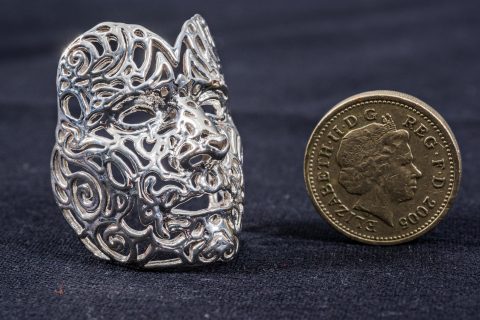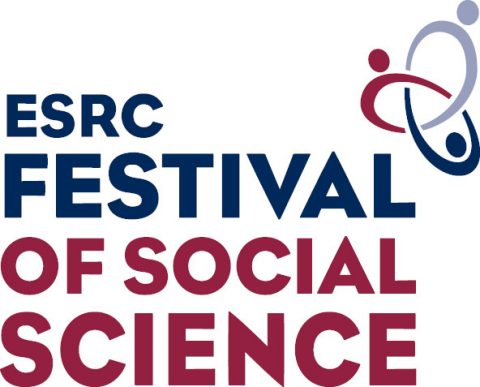This chapter begins with an analysis of the protection of 3D models as artistic works. In doing so, the chapter draws a line through history, taking the reader on a journey from the Engravings Copyright Act 1735 to the Copyright, Designs and Patents Act 1988. Thereafter the chapter moves to a consideration of another component of the 3D printing process – the CAD design file, which acts as a ‘vessel’ to encapsulate a 3D model.
This chapter explores the challenges to intellectual property (IP) laws, particularly copyright law, as a result of 3D printing. This analysis is carried out from the perspective of the United Kingdom (UK) as well as European Union (EU) laws as relevant. As a starting point, the chapter provides an account of the protection of 3D models and in doing so, draws a line through history to charter the developments of artistic works.
Through the application of selected statutes and case law drawn from the United Kingdom (UK), this paper will explore the copyright status of three-dimensional design files and will particularly question whether they can be protected as literary and / or artistic works. In responding to this question, the paper highlighting gaps and challenges inherent in the law and adopts a ‘coherentist’ and ‘regulatory instrumentalist’ analysis in responding to the challenges and providing recommendations for the future.
The chapter considers how effectively and harmoniously intellectual property (IP) regimes, in particular copyright and patent, respond to emerging technologies and innovation, such as 3D printing and 3D scanning. The chapter will commence with a brief introduction to 3D printing before moving on to a detailed analysis of UK and Australian jurisprudence as it relates to 3D printing and 3D scanning.
Study I – which is the first of a two-part Study, considers the implications for intellectual property law, particularly copyright law, as a result of online sharing platforms dedicated to 3D printing. As such, this Study applies a legal and empirical analysis, to provide a clearer understanding of ‘how’ the sharing happens to provide an understanding of the ‘parameters’ for sharing, e.g. terms and conditions, rules, regulations that apply, together with restrictions and bounds that apply to user behaviour and file-sharing.
The Executive Summary reports the purpose, scope, methodology and key findings from two complementary studies on the intellectual property implications of 3D printing. The two Studies provide for an overarching empirical and legal analysis into the current position of 3D printing.
Dr. Dinusha Mendis, Co-Director of the Centre for Intellectual Property Policy and Management (CPPM) and Associate Professor in Law has been successful in securing RCUK/AHRC funding to further the research into the intellectual property (IP) implications of 3D printing. The newly funded project follows on from the Commissioned Project for the UK Intellectual Property Office (UK IPO)…
The shift in manufacturing capability has raised questions relating to intellectual property law. 3D printing now paves the way for modified, replicated and changed parts which could then be shared, used and sold. This clearly has implications for intellectual property owners.
7th November 2014, Executive Business Centre, Bournemouth University There has been much written on the latest developments relating to additive manufacturing or 3D printing as it is more commonly known. The recent rise of low-cost consumer 3D printers have also made the headlines and raised interesting and complex questions. However, there is limited literature and debate…
Drawing on UK and EU copyright laws and their application to 3D printing and CAD files, this paper will, first, question whether CAD files can be protected by copyright law before considering the copyright implications thrown up by the modification of CAD files as a result of scanning and the use of online tools.



